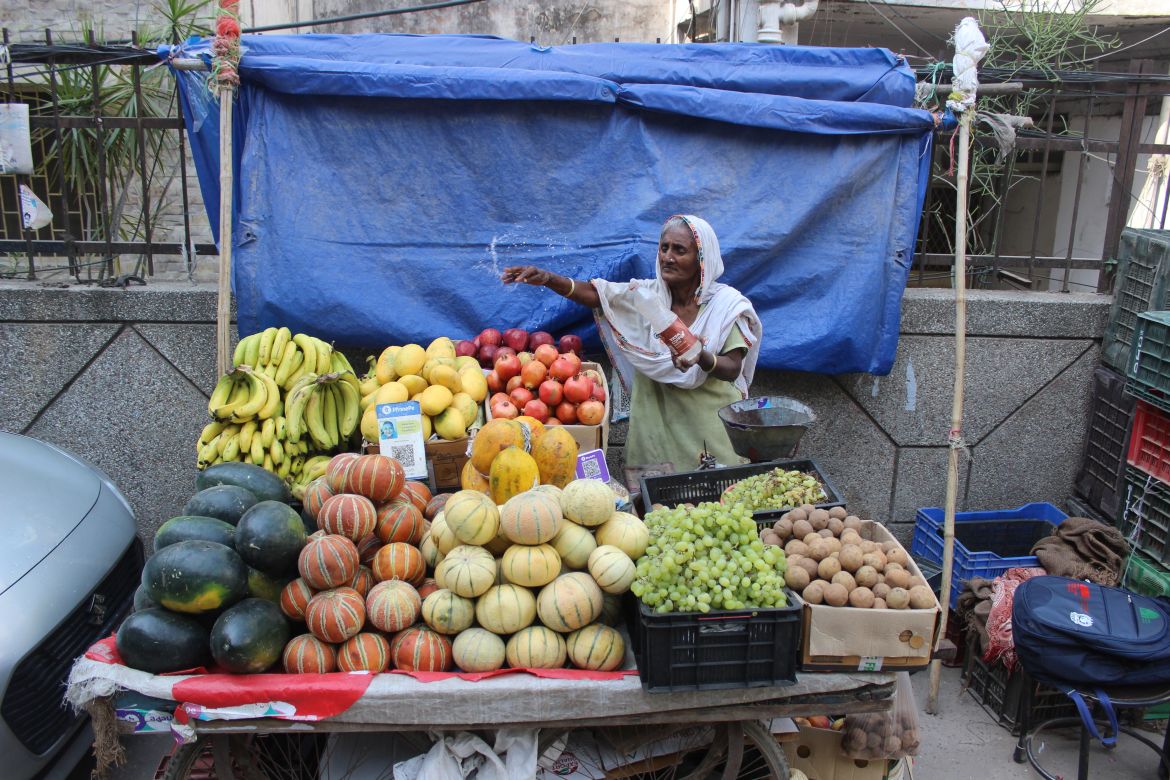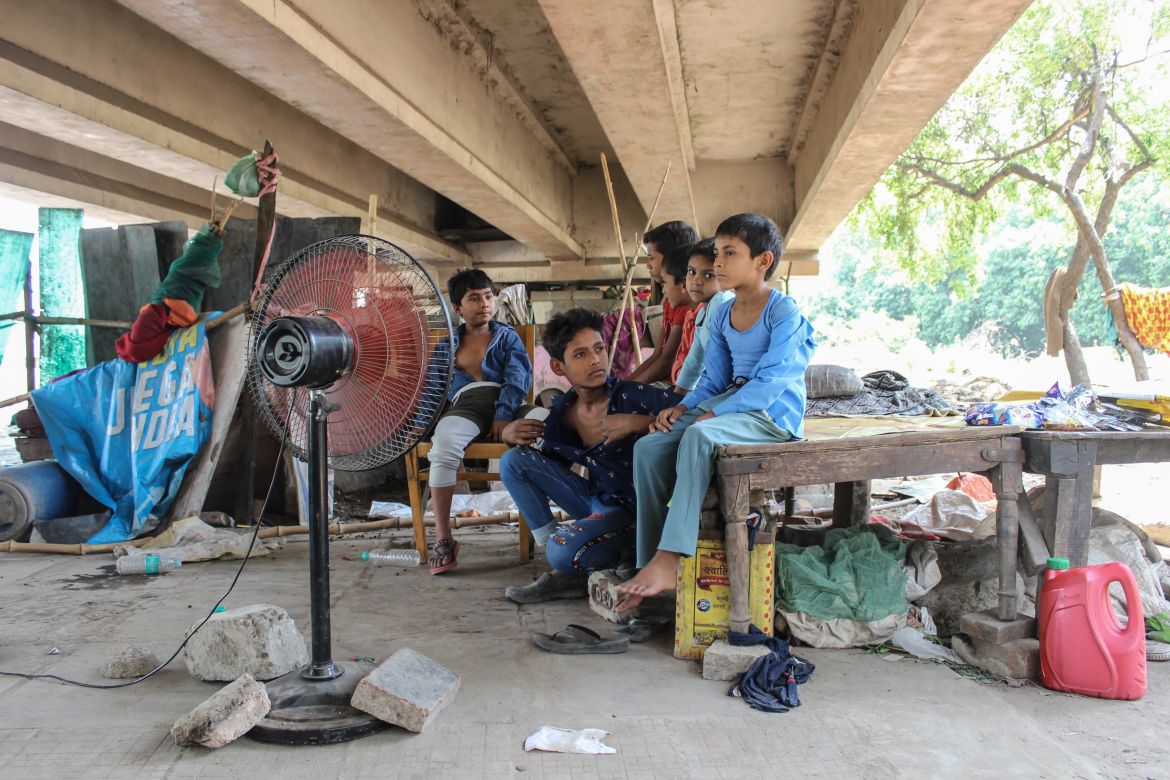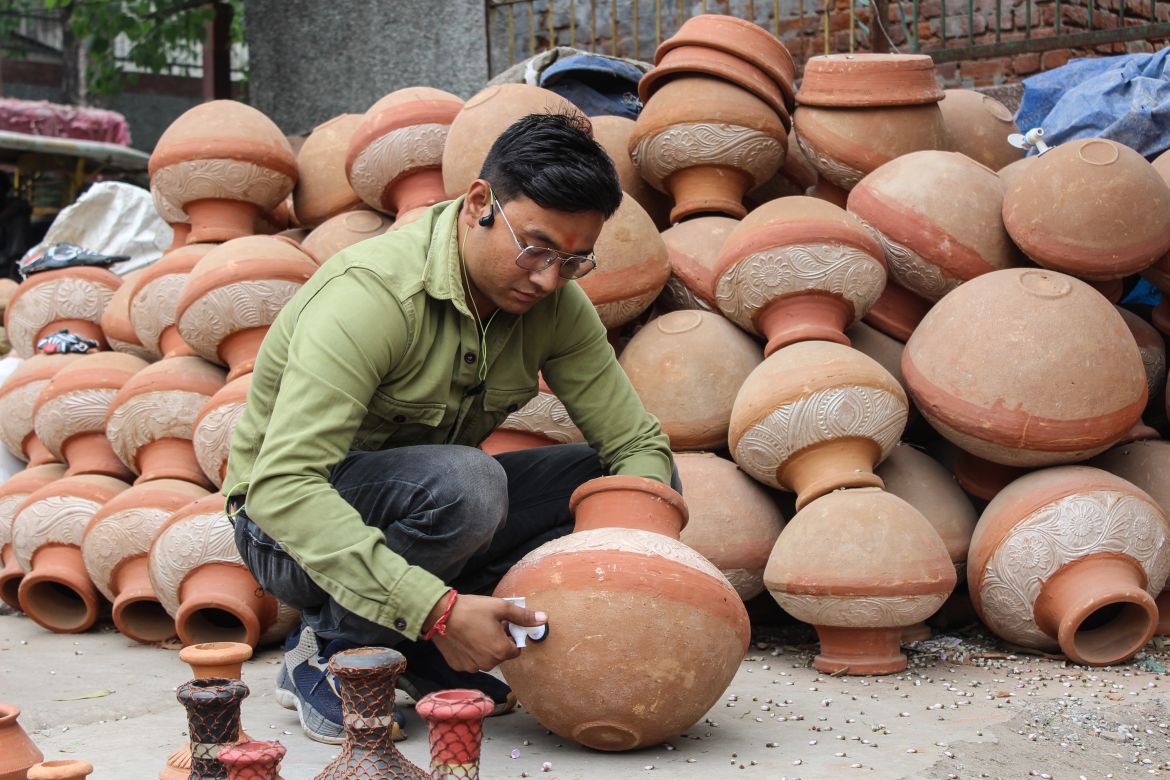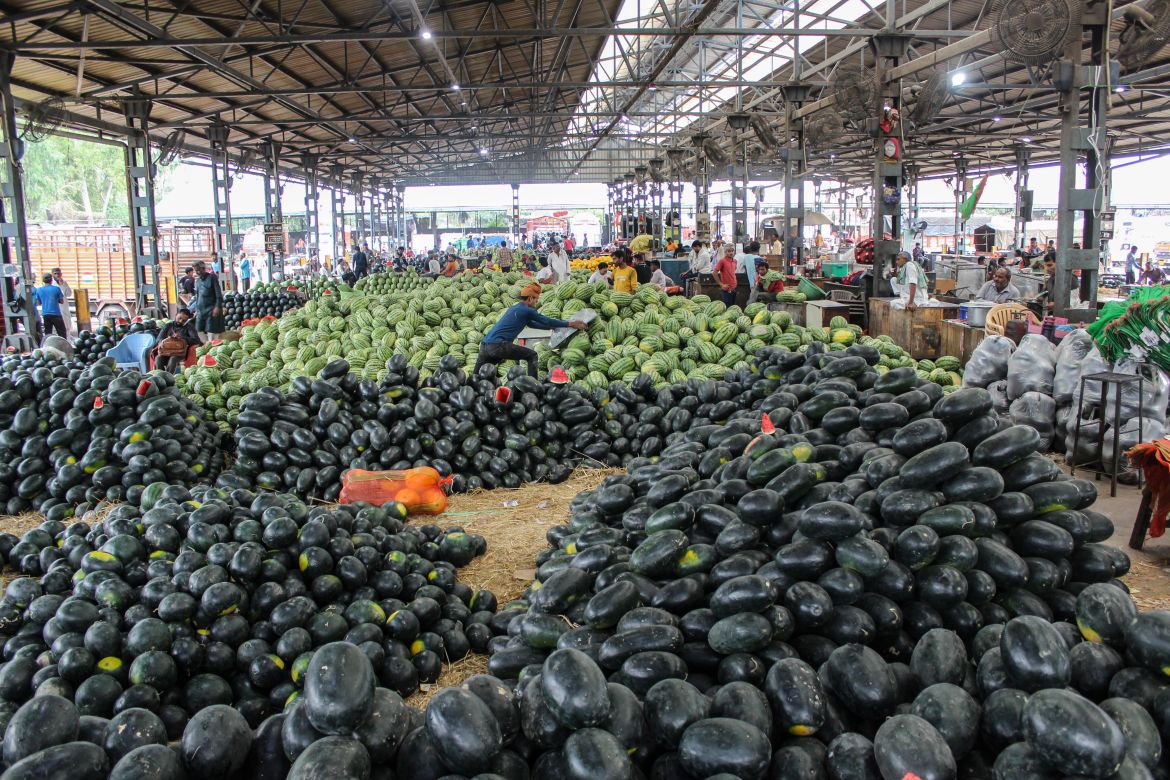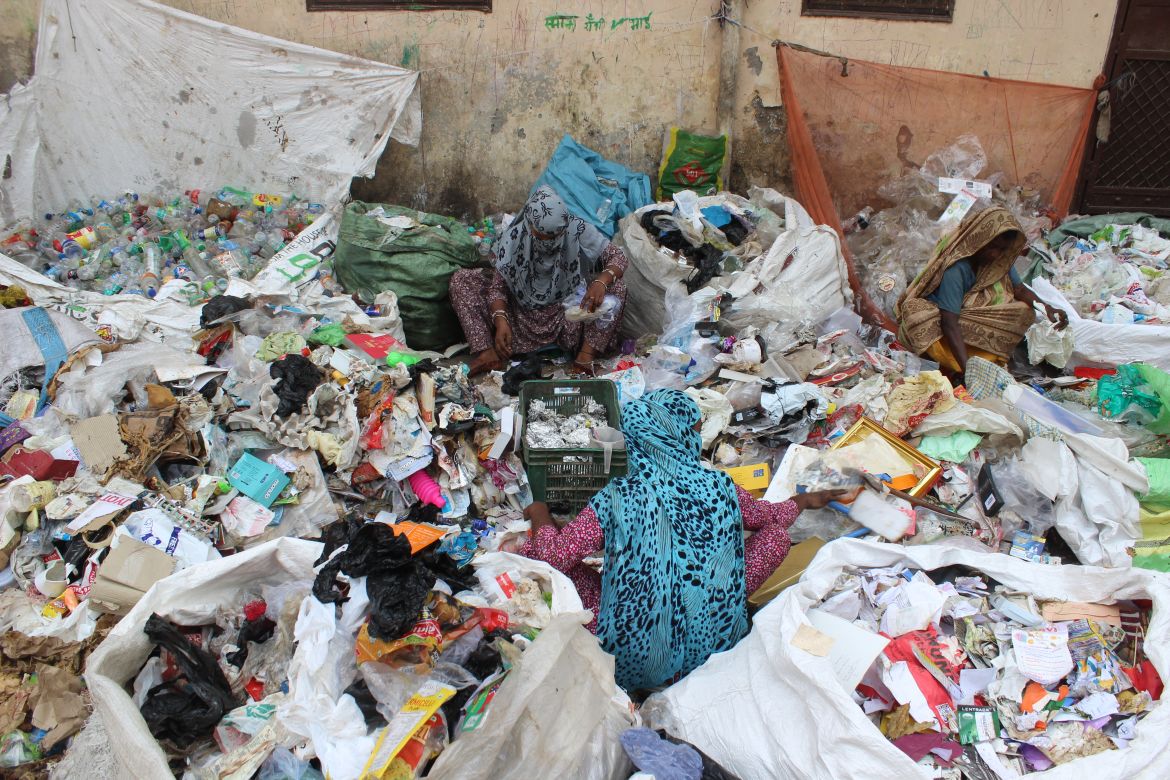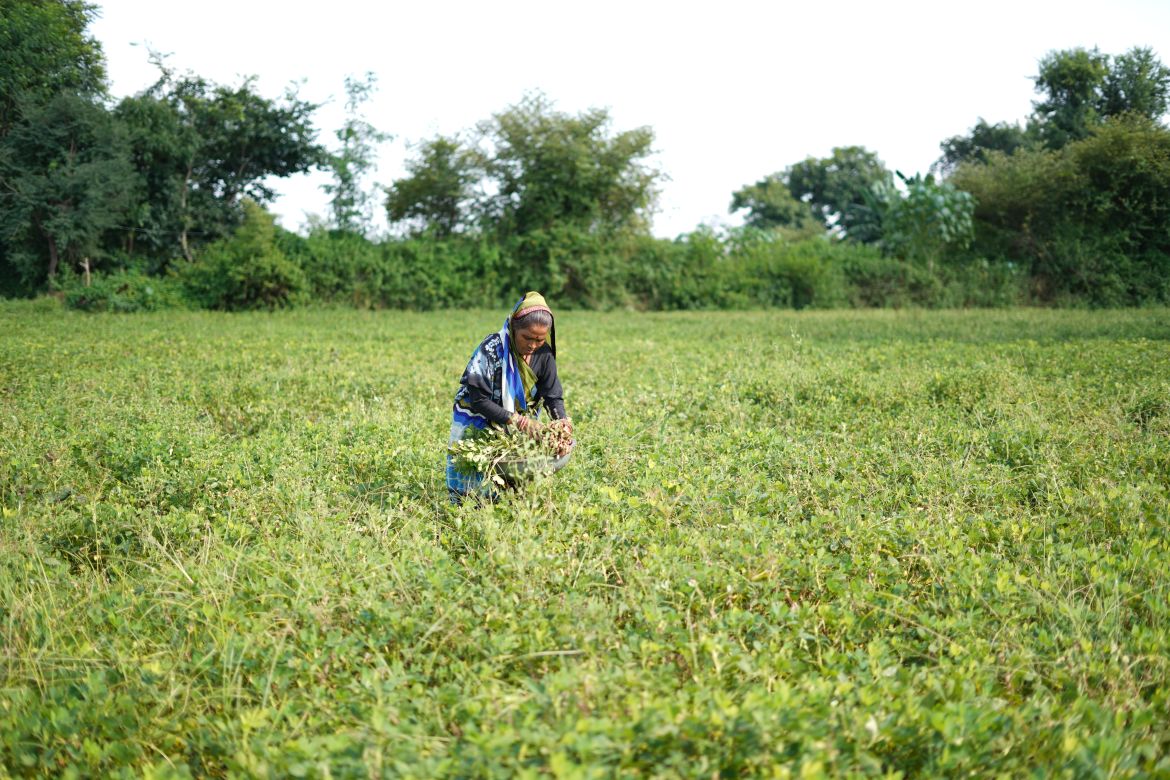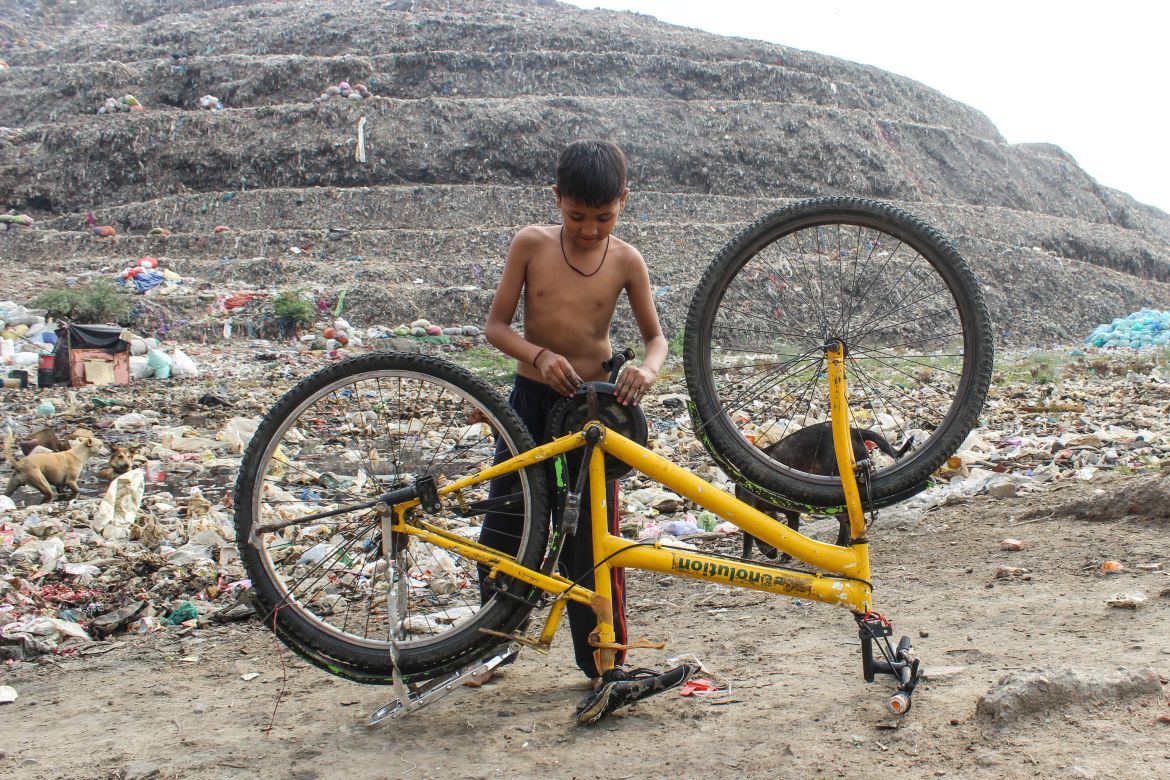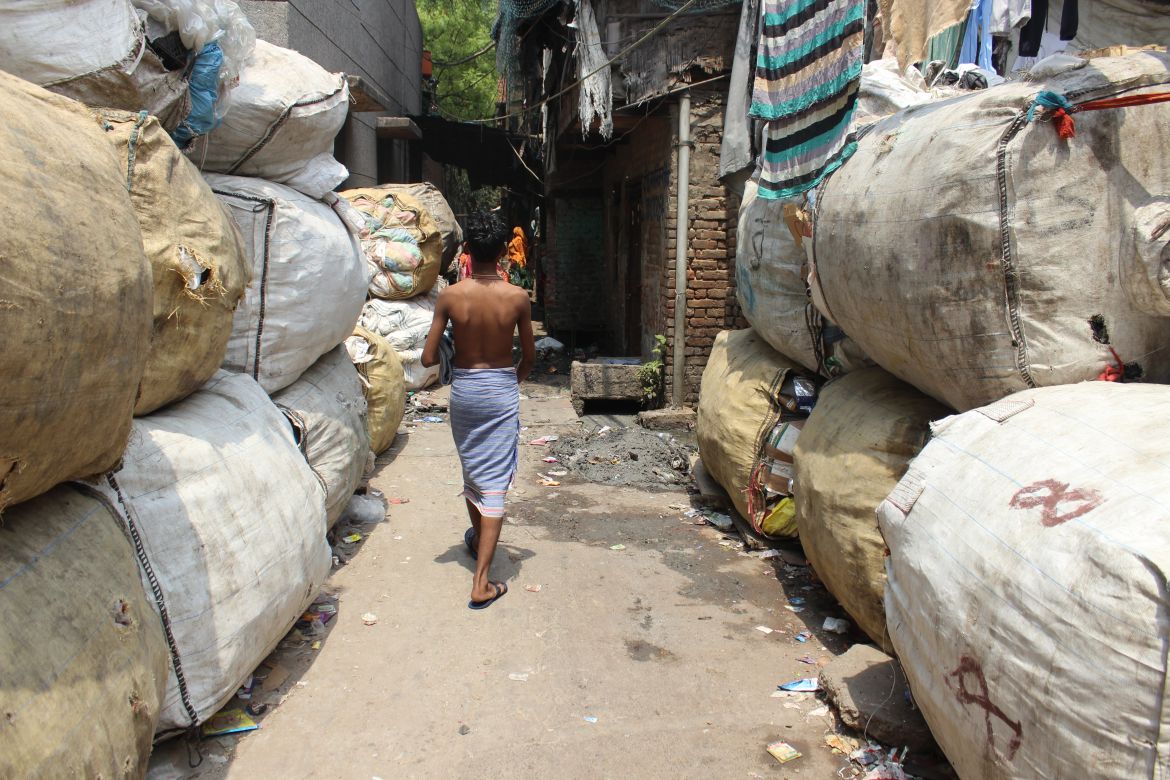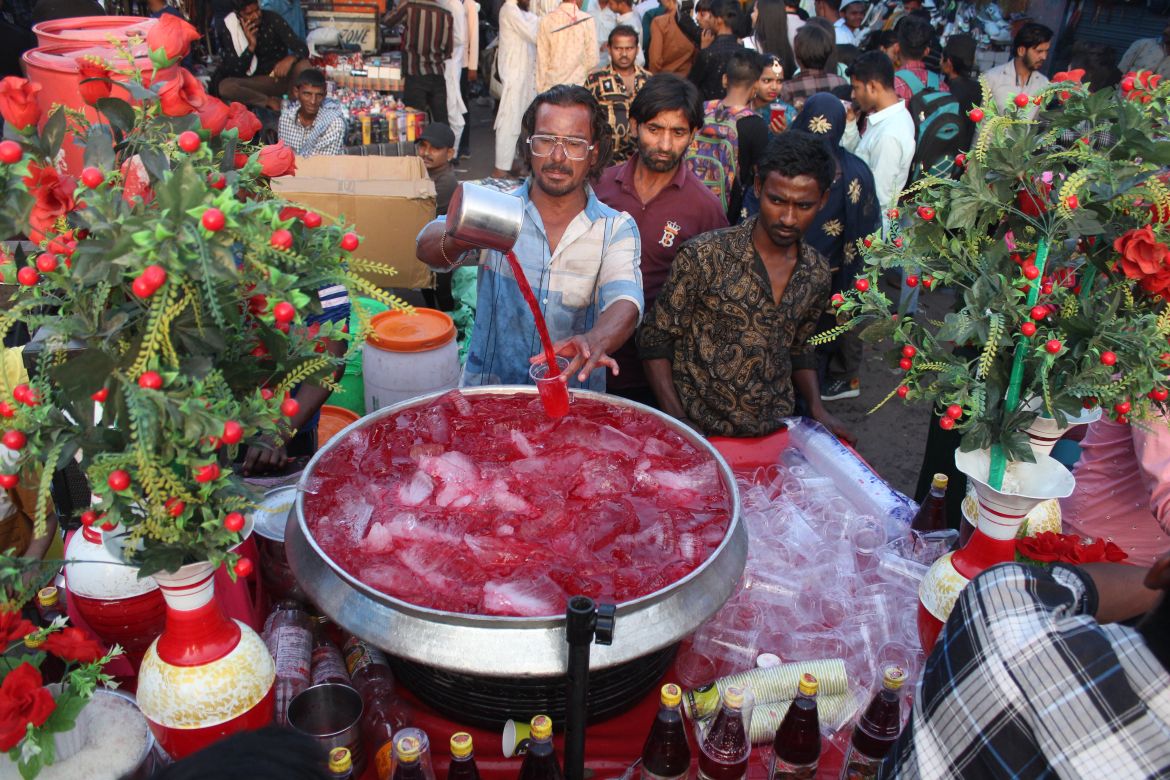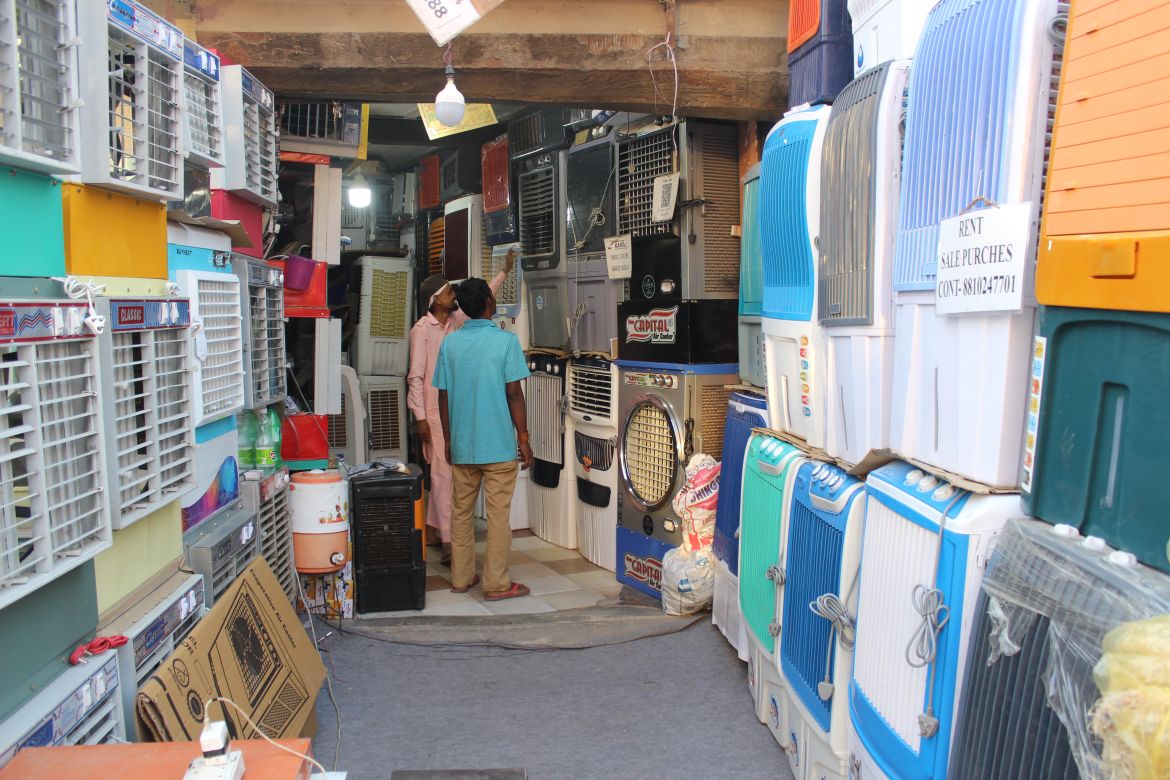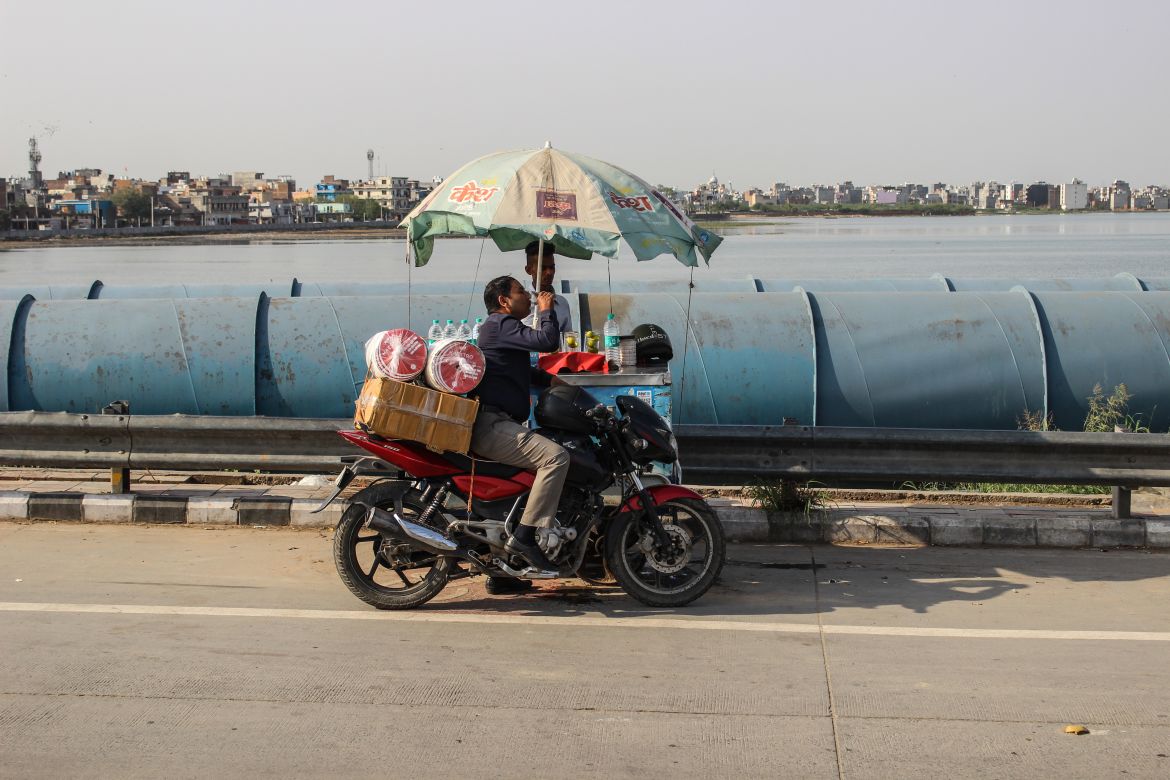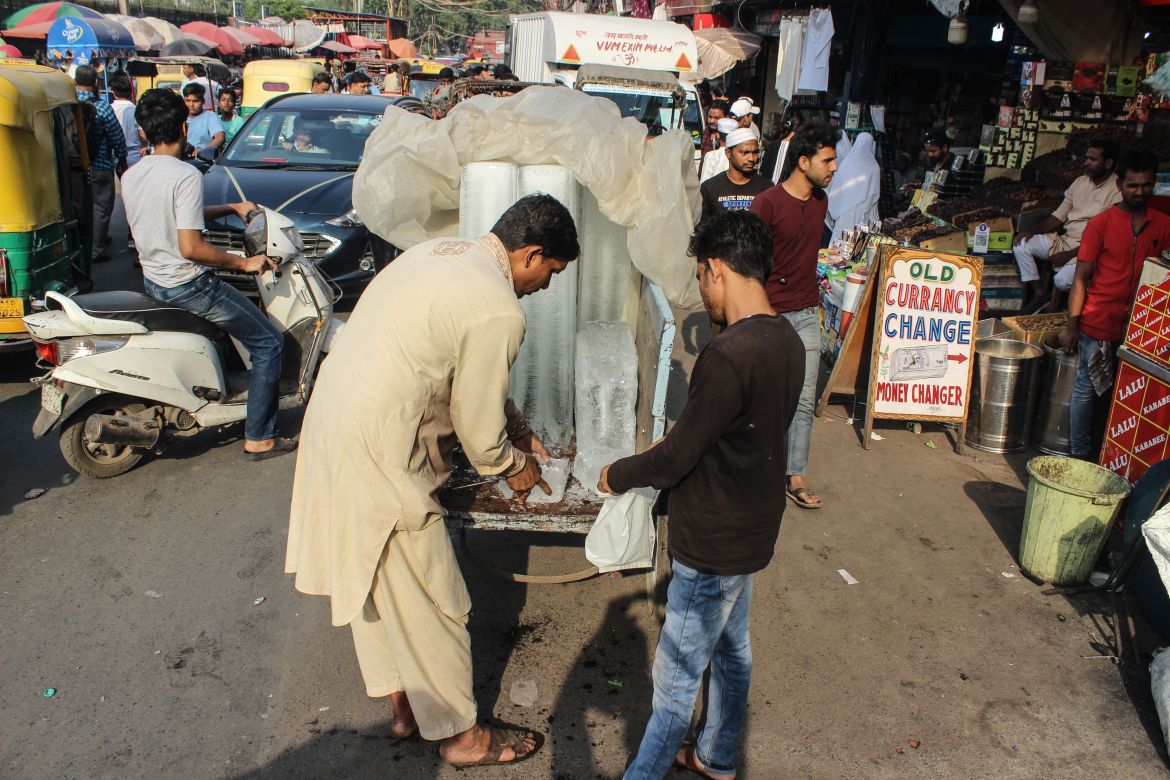In Pictures
‘Hard to be homeless in this heat’: India’s brutal summer is here
Temperatures across the country begin to increase, potentially exposing millions to heat exhaustion or lethal heatstroke.
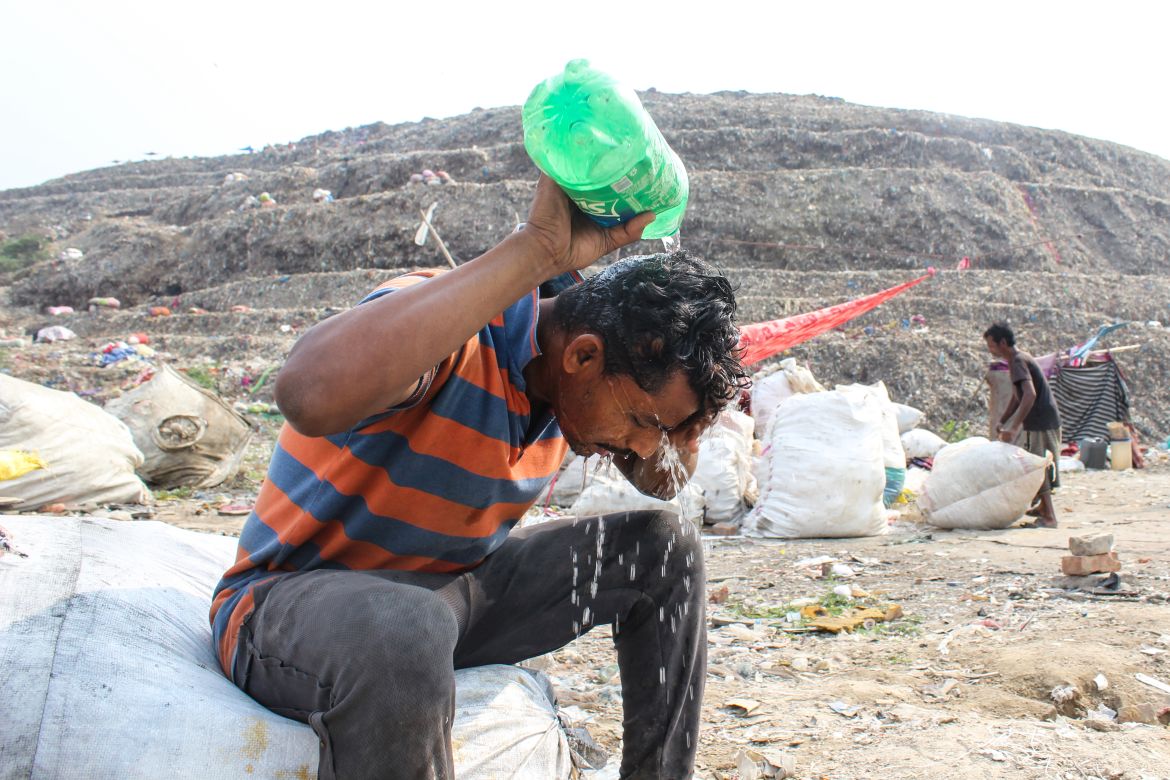
New Delhi, India- India has started experiencing what could be another extremely hot summer, similar to last year when the country saw a devastating heatwave that led to widespread human suffering and affected workplaces, informal workers, landless labourers, marginalised communities, agriculture, and the overall economy.
In April, the India Meteorological Department (IMD) issued heatwave warnings and predicted above-normal maximum temperatures for most of the country from April to June, as temperatures exceeded 45°C in parts of the country.
Temperatures have begun to rise again this week across the country, potentially exposing millions of people to heat exhaustion or lethal heatstroke.
India suffers from the most pronounced heat-related labour losses in the world, as a majority of the country’s 1.4 billion population works outside, often without protection.
“It is difficult to work in this oppressive heat. There is always a risk of being killed by it. We have reduced our working hours, which impacts our livelihood,” said Mohammed Tabraiz, a waste worker in New Delhi.
According to a study issued by the IMD, heatwaves killed 30 people in 2022, the fifth warmest year on record since 1901.
Earlier this year, in April, 13 people died of heatstroke after attending a government-sponsored event in the Indian state of Maharashtra, where they were exposed to the open sun for hours.
The recent increase in extreme heatwaves across the country also affects agriculture. Wheat output was badly harmed last year because the heatwave coincided with the developing stage of wheat.
“Crop failures have become common in recent years as a result of repeated intense heatwaves. From wheat to peas to ground nuts, the crop died standing in the fields, burnt by the intense dryness of the unending drought,” said Deva Kumari, a female farmer in Uttar Pradesh state’s Bundelkhand, an area battling drought and an acute water crisis due to extreme heat.
Experts say that successive heatwaves have made India vulnerable to displacements due to water stress, coastal and riverine erosion, continued crop failure and ecosystem loss.
“In India, the increasing extremity and intensity of climate disasters these past couple years, including floods, droughts, and heatwaves, provide just a hint of the climate chaos that is to come as our planet continues to heat up,” said Sandeep Chachra, executive director at ActionAid Association, a humanitarian organisation that also works on climate change-related issues.
According to a United Nations Intergovernmental Panel on Climate Change (IPCC) report of 2021, India is among the countries expected to be worst affected by the impacts of the climate crisis, and more intense heatwaves of longer duration and occurring at a higher frequency are projected across the country.
